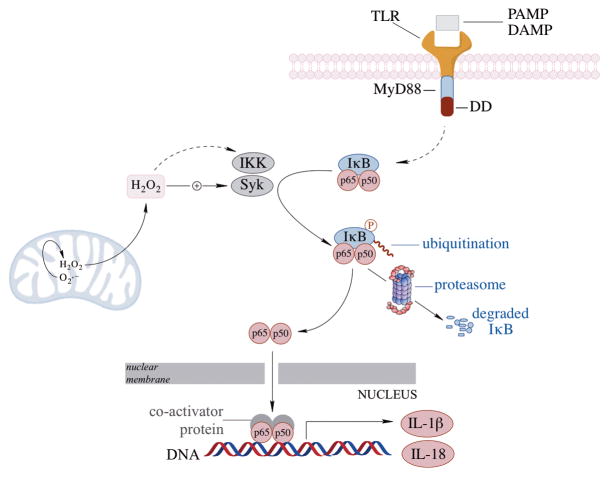Fig. 5. NFκB signaling in the inflammatory response.
NFκB activation, and subsequent translocation to the nucleus can be initiated by different PAMPs or DAMPs via the toll-like receptors (e.g., TLR4). Mitochondrial H2O2 can facilitate NFκB activation by modulating the redox sensitive Syk and IKK pathways which phosphorylate the inhibitory protein IκB and lead to IκB ubiquitination and degradation, thereby releasing NFκB and its translocation to the nucleus.

